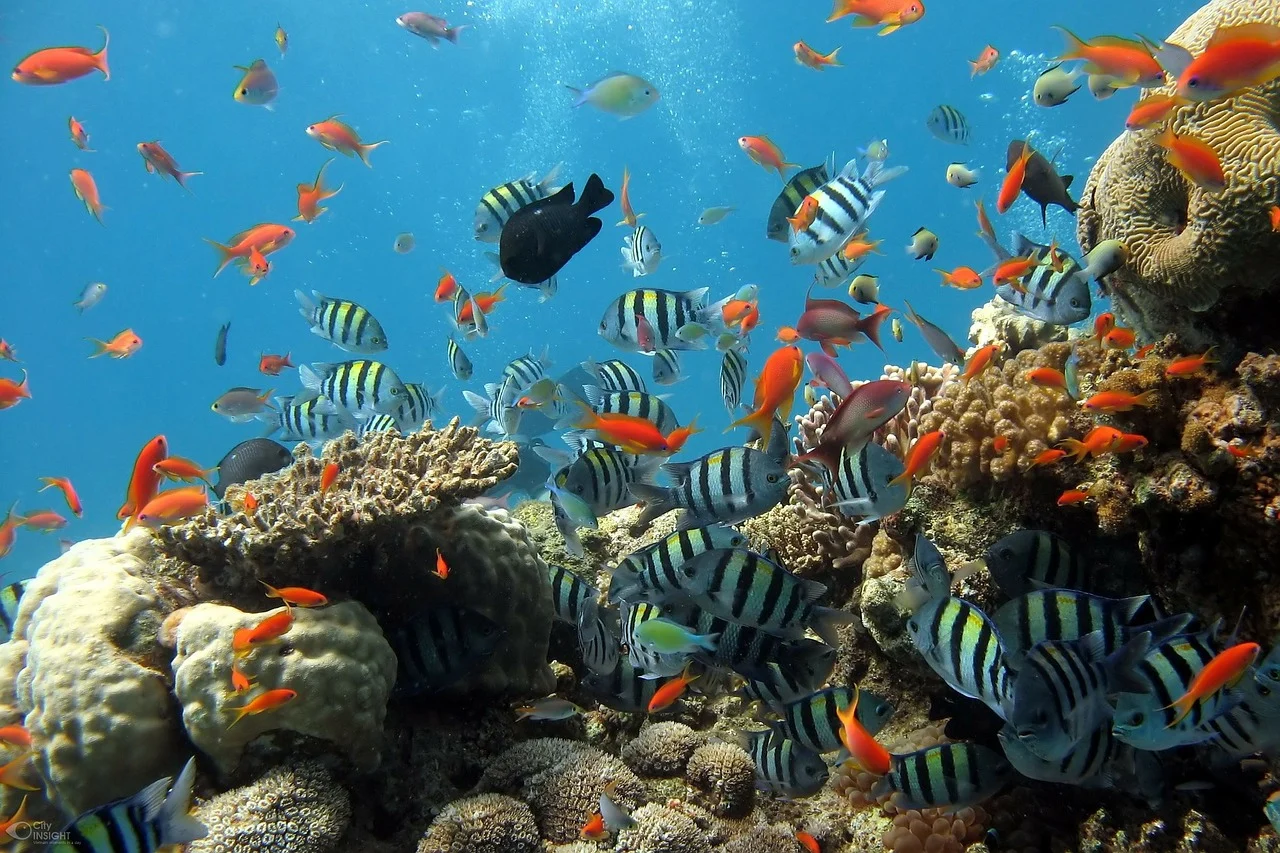Jenni MacLean
Jenni MacLean
AP Environmental Science ♻️
252 resourcesSee Units
Multiple Choice Practice for The Living World: Biodiversity
Welcome to Unit 2 AP Environmental Science Multiple Choice Questions! Grab some paper and a pencil 📄 to record your answers as you go. You can see how you did on the Unit 2 Practice Questions Answers and Review sheet once you're done. Don't worry, we have tons of resources available if you get stumped 😕 on a question. And if solo study is not your thing, join a group in Hours!
Not ready to take a quiz yet? Start studying unit 2 Here: Intro to Unit 2

Image Courtesy of Pixabay
Coral Reefs have the greatest biodiversity of any ecosystem.
Facts about the test: The AP Environmental Science exam has 80 multiple choice questions and you will be given 1 hour 30 minutes to complete the section. That means it should take you around 17 minutes to complete 15 questions.
*The following questions were not written by CollegeBoard and although they cover information outlined in the AP Environmental Science Course and Exam Description the formatting on the exam may be different.
1. Which of the following is a method used to measure species diversity?
A. Species Wealth
B. Species Diversity
C. Species Richness
D. Species Concentration
2. The amount of any one given species relative to others in a given area is the measurement of
A. Species Evenness
B. Species Richness
C. Biodiversity
D. Ecological weight
3. Although we do not know exactly how many species are currently alive on Earth, the current estimate is close to
A. 1 billion
B. 100 million
C. 10 million
D. 1 million
4. Ecologists use which of the following measurements to calculate biodiversity by looking at the number of species present and their abundance.
A. Species Richness
B. Species Evenness
C. Hardy-Weinberg Index
D. Shannon's Index
5. If a normal-looking zebra has an offspring that is born completely white and has no stripes this is most likely due to
A. Natural variation
B. Genetic mutation
C. Adaptation
D. Natural selection
6. Which of the following is not a process that leads to the evolution of a new species
A. Artificial Selection
B. Random Breeding
C. Natural Selection
D. Genetic Drift
7. Breeding cattle to make them grow larger, faster is an example of
A. Artificial Selection
B. Genetic Drift
C. Founder Effect
D. Mutation
8. Often species that live on islands are ____ due to the limited types of resources.
A. Specialists
B. Generalist
C. Autotroph
D. Heterotroph
9. Which of the following is known for being a widespread invasive species?
A. Bottlenose Dolphin
B. Domestic Cattle
C. Ravens
D. Cane Toad
10. Ecological Tolerance acts on
A. Individuals and Species
B. Only Individuals
C. Only Species
D. Neither Individuals or Species
11. Changes in sea level are most directly related to
A. the total amount of water in lakes and streams.
B. the total amount of water stored in glaciers.
C. the total amount of water used in irrigation.
D. the total amount of water all species consume.
12. Scientists observed that kelp forests off the coast of California disappeared after sea otters were hunted to extinction. When they were introduced to their natural habitats again they noticed that the otters ate urchins and kept their numbers low so that the kelp could grow back. In this case, sea otters are an example of a
A. Primary Consumer
B. Keystone species
C. Invasive Species
D. Detritivore
13. Which of the following is not an example of an ecosystem service?
A. Supporting
B. Regulating
C. Provisioning
D. Conditioning
14. An abandoned city parking lot becoming overgrown with plants is an example of
A. Primary succession
B. Secondary succession
C. Adaptation
D. Perseverance
15. Secondary succession is characterized by the
A. presence of soil.
B. exposed rock.
C. existence of trees.
D. available water.
Browse Study Guides By Unit
🏜Unit 1 – The Living World: Ecosystems
🐠Unit 2 – The Living World: Biodiversity
👪Unit 3 – Populations
🌏Unit 4 – Earth Systems & Resources
🏖Unit 5 – Land & Water Use
⚡️Unit 6 – Energy Resources & Consumption
💨Unit 7 – Atmospheric Pollution
♻️Unit 8 – Aquatic & Terrestrial Pollution
🔥Unit 9 – Global Change
🧐Multiple Choice Questions (MCQs)
✍️Free Response Questions (FRQs)
📆Big Reviews: Finals & Exam Prep

© 2023 Fiveable Inc. All rights reserved.